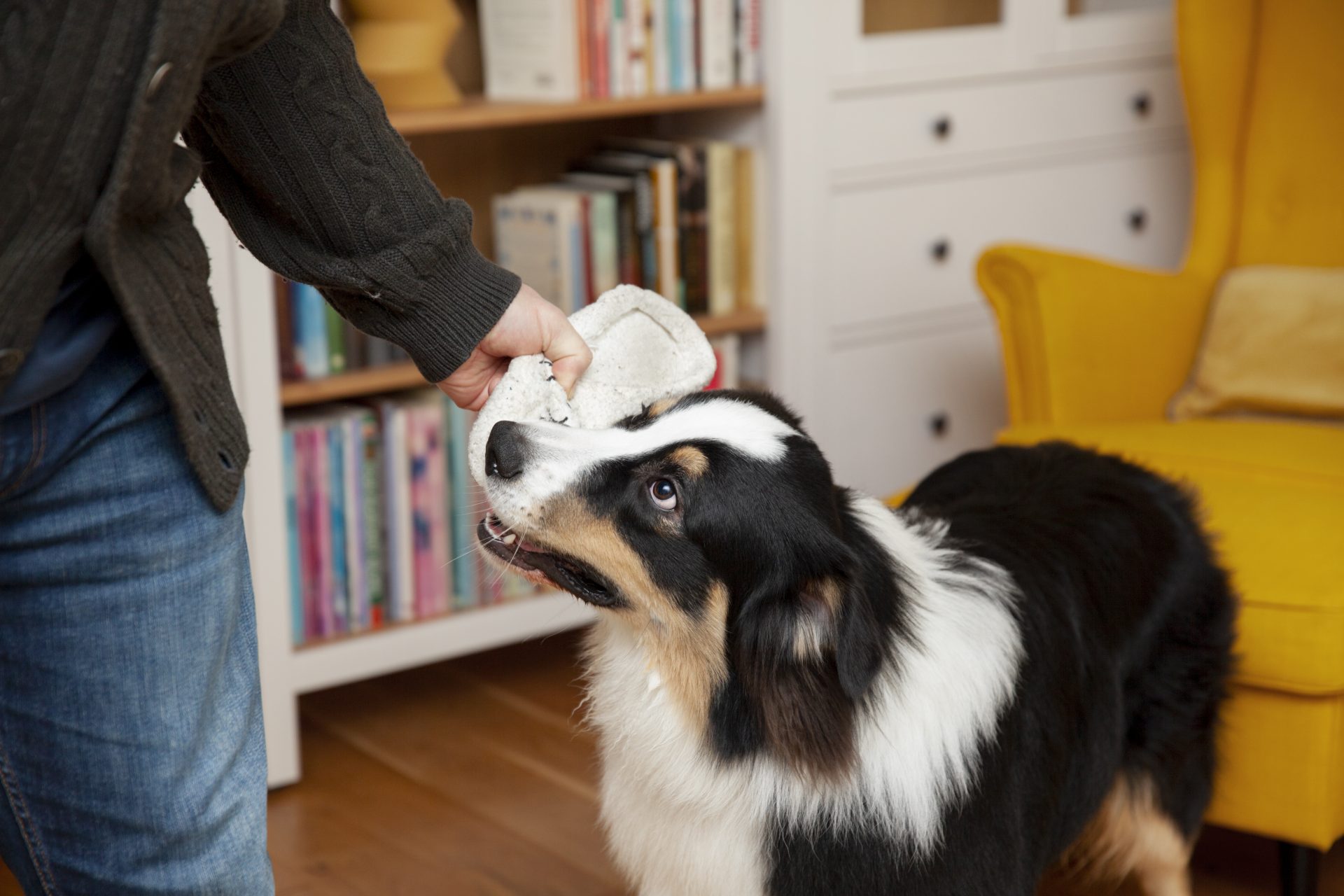
Introduction:
As a dog owner, you are constantly seeking ways to keep your furry friend happy, healthy, and stimulated. Regular walks, playtime, and proper nutrition are imperative, but have you ever considered the benefits of brain training for your dog? Brain training for dogs is a growing trend that aims to engage your dog’s mind in various stimulating activities. In this article, we will explore the advantages and effectiveness of brain training for dogs and how it can benefit both you and your beloved pet.
Understanding Brain Training for Dogs:
Brain training for dogs involves a range of mental activities designed to challenge and stimulate their cognitive abilities. These activities can include problem-solving, memory games, scent detection exercises, and obedience training. This form of training not only provides mental stimulation but also strengthens the bond between you and your dog.
Advantages of Brain Training for Dogs:
- Mental Stimulation: Dogs are intelligent animals that need mental exercise just as much as physical exercise. Engaging them in brain training activities ensures that their minds stay sharp and active, preventing boredom and destructive behaviors.
- Enhances Learning: Brain training enhances your dog’s ability to learn and understand commands, making training sessions more effective and efficient. It improves their focus, attention span, and problem-solving skills.
- Prevents Behavioral Issues: Many behavioral issues in dogs stem from a lack of mental stimulation. By incorporating brain training into their routine, you can help prevent problems such as excessive barking, chewing, and digging.
- Stress Reduction: Dogs can experience stress and anxiety, especially in times of change or when left alone. Brain-training activities engage their minds and can help alleviate these stressors, promoting a calm and relaxed state.
- Strengthening the Bond: By spending quality time together during brain training sessions, you and your dog can strengthen your bond and build trust. This positive interaction promotes a harmonious relationship between you and your furry companion.
Types of Brain Training Activities for Dogs:
- Puzzle Toys: Puzzle toys encourage dogs to problem-solve and work for their rewards. These toys usually involve hidden treats or compartments that require your furry friend to figure out how to retrieve the goodies.
- Scent Work: Dogs have an exceptional sense of smell, and scent work activities harness this natural ability. You can engage your dog in sniffing games or even train them for activities like search and rescue or tracking.
- Obedience Training: Basic obedience training such as sit, stay, and fetch not only provides mental stimulation but also helps establish boundaries and ensure your dog’s safety.
- Interactive Games: Play interactive games like hide-and-seek or “find it” with your dog. These games challenge their memory and problem-solving skills while also providing them with physical exercise.
Getting Started with Brain Training:
To get started with brain training, consider the following tips:
- Start with simple exercises and gradually increase the difficulty level.
- Use positive reinforcement techniques such as treats and praise during training sessions to keep your dog motivated.
- Be patient and consistent. Remember, your dog is learning and may not grasp things immediately.
- Make brain training sessions short and interactive, ideally between 5 to 10 minutes, so that your dog doesn’t lose interest.
Advanced Training Techniques:
Once your dog has mastered the basics, you can introduce more advanced brain training techniques to further challenge their cognitive abilities. These techniques include:
- Problem-solving games: Set up puzzles or challenges that require your dog to figure out a solution. This could be as simple as hiding treats in different locations or using interactive toys that require your dog to manipulate or solve a task in order to retrieve a reward.
- Advanced obedience commands: Teach your dog complex commands like “roll over,” “play dead,” or “fetch specific objects.” These commands not only provide mental stimulation but also showcase your dog’s intelligence and ability to learn and perform intricate tasks.
- Agility training: Set up an agility course in your yard or enroll your dog in an agility class. This sport involves your dog navigating through various obstacles such as tunnels, jumps, and weave poles. It not only tests their physical abilities but also challenges their problem-solving skills as they learn to tackle the course efficiently.
- Trick training: Teach your dog fun and impressive tricks like dancing, waving, or even opening doors. Trick training not only keeps your dog mentally stimulated but also impresses your friends and family with your dog’s intelligence and capabilities.
Remember to always prioritize your dog’s safety and well-being during advanced training sessions. Break down complex tasks into smaller steps and gradually increase the difficulty level. Use positive reinforcement techniques such as treats, praise, and play to keep your dog motivated and engaged. And most importantly, have fun and enjoy the journey of bonding and training with your furry companion.
Advanced Tricks and Skills
In addition to the advanced training techniques mentioned above, there are a variety of advanced tricks and skills you can teach your dog to further stimulate their brain. These tricks not only provide mental stimulation but can also be impressive and entertaining to show off to others. Some examples of advanced tricks and skills include teaching your dog to skateboard, to play the piano, to ring a bell to go outside, or even to fetch specific items by name. These tasks require your dog to think and problem-solve, showcasing their intelligence and ability to learn complex tasks. Remember to break down these tricks into smaller steps and always use positive reinforcement to keep your dog motivated and excited to learn.
Conclusion:
Brain training for dogs offers a multitude of benefits, including mental stimulation, enhanced learning, behavior prevention, stress reduction, and strengthened bonds. Engaging your dog in activities that challenge their brain not only keeps them entertained but also promotes their overall well-being. So, unlock the potential of your four-legged friend and embark on this exciting brain training journey together. Happy training!
